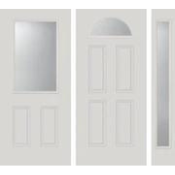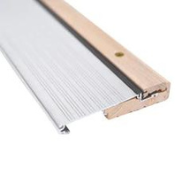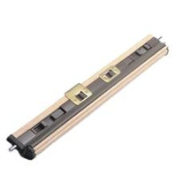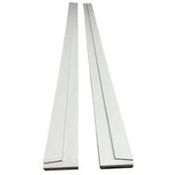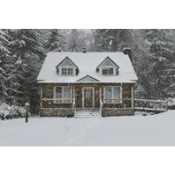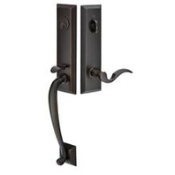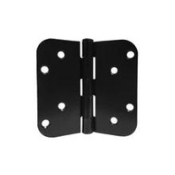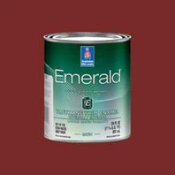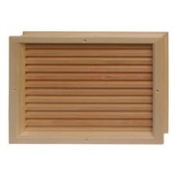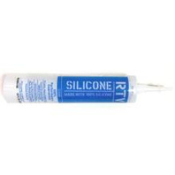
Choosing the perfect Solid wood front doors is a crucial decision that involves balancing various factors such as durability, aesthetics, and climate considerations. This ultimate guide will help you navigate through popular wood species like oak, mahogany, cherry, and walnut, and provide insights into how different wood types can complement various home styles. By examining case studies and summarizing key points, you'll be well-equipped to make an informed decision for your home's entry door.
Key Takeaways
- Durability, aesthetics, and climate are essential factors to consider when choosing wood for your entry door.
- Different wood types like oak, mahogany, walnut, and cherry offer unique benefits and are suited for various home styles.
- Traditional styles often favor oak and mahogany, while modern designs might prefer walnut and cherry.
- Climate considerations are crucial; some Solid wood front doors perform better in specific weather conditions.
- Case studies can provide valuable insights into how different wood types look and perform in real-life scenarios.
Factors to consider
When selecting the solid wood front doors, several key factors should be taken into account to ensure you make the best choice for your home. These factors include durability, aesthetics, and climate considerations.
-
Durability: How Long Will It Last?
Durability is a crucial aspect when choosing wood for your entry door. You want a material that offers high durability and can withstand the test of time. Some woods are naturally more durable and resistant to wear and tear, making them ideal for long-term value. It's important to balance the initial cost with the benefits of longevity and low maintenance.
-
Aesthetics: Matching Your Home's Style
The aesthetic appeal of your solid wood front doors plays a significant role in enhancing your home's curb appeal. The wood you choose should complement the architectural style of your home. Whether you prefer a traditional, modern, or rustic look, there are wood options that can match your desired style and create a cohesive appearance.
-
Climate: Weather and Environmental Considerations
Climate is another critical factor to consider. Different woods react differently to various weather conditions. For instance, if you live in a coastal area, you might want to choose a wood that is resistant to moisture and does not rust or corrode. Understanding how different woods perform in your specific climate will help you make an informed decision and ensure your entry door remains in excellent condition for years to come.
Wood types for different styles
-
Traditional Styles: Oak and Mahogany
For a classic and timeless look, oak and mahogany are excellent choices. Oak is known for its strength and durability, making it a popular option for exterior residential doors. Mahogany, on the other hand, offers a rich, dark finish that adds a touch of elegance to any home. Both of these woods are aesthetically pleasing and provide long-lasting performance.
-
Modern Styles: Walnut and Cherry
If you're aiming for a more contemporary appearance, walnut and cherry are ideal. Walnut features a smooth, fine grain and a dark, rich color that complements modern designs. Cherry wood, with its reddish-brown hue, adds warmth and sophistication to any entryway. These woods are perfect for homeowners looking to make a bold statement with their front door.
-
Rustic Styles: Pine and Cedar
For a rustic or country-style home, pine and cedar are top choices. Pine is known for its light color and distinctive knots, giving it a charming, rustic appeal. Cedar, with its natural resistance to decay and insects, is beautiful and practical for outdoor use. These woods bring a cozy, inviting feel to any home, making them perfect for a rustic aesthetic.
Case studies of homes with various wood doors
-
Case Study 1: A Classic Oak Door

In this case study, we explore a home that features one of the most popular choices: oak front doors. The homeowners wanted a door that would not only provide durability but also enhance the traditional aesthetic of their home. They chose oak for its timeless beauty and strength. The door was custom-stained to match the exterior trim, creating a cohesive and inviting entrance.
-
Case Study 2: A Modern Walnut Door

This modern home showcases the elegance of walnut front doors. The homeowners were looking for a door that would complement their contemporary design while offering a rich, warm appearance. Walnut was the perfect choice due to its fine grain and deep color. The door was finished with a clear coat to highlight the natural beauty of the wood, making it a standout feature of the home.
-
Case Study 3: A Rustic Pine Door

For a more rustic look, this home opted for a pine solid wood front doors. The homeowners wanted a door that would blend seamlessly with their country-style home. Pine was chosen for its natural knots and grain patterns, which add character and charm. The door was treated with a weather-resistant finish to ensure it could withstand the elements, making it both beautiful and practical.
Conclusion: Choosing the perfect wood for your entry door
Selecting the best solid wood front doors is a crucial decision that impacts not only the aesthetics but also the durability and functionality of your entryway. By understanding the various factors and wood types, you can make an informed choice that enhances your home's curb appeal and meets your specific needs.
In conclusion, selecting the ideal wood for your entry door is crucial for both aesthetics and durability. Whether you prefer the classic appeal of mahogany or the modern look of poplar, our extensive range of high-quality doors has something for everyone. Visit Peasedoors to explore our collection and find the perfect door for your home.
Conclusion
Choosing the perfect wood for your solid wood front doors is a decision that blends aesthetics, durability, and practicality. By considering factors such as climate, style, and the specific characteristics of different wood species, you can find a door that not only enhances your home's curb appeal but also stands the test of time. Whether you opt for the timeless elegance of mahogany, the rich hues of cherry, or the robust durability of oak, the right wood door can make a significant impact on your home's entrance. We hope this guide has provided you with the insights needed to make an informed choice that aligns with your personal preferences and the unique demands of your home.
Frequently Asked Questions
1. What is the most durable wood for an entry door?
Oak and mahogany are known for their durability and can withstand various weather conditions, making them excellent choices for entry doors.
2. How do I maintain a wooden entry door?
Regular maintenance includes cleaning, sealing, and occasionally refinishing to protect the wood from moisture and UV damage.
3. Can I use any type of wood for my entry door?
Not all wood types are suitable for entry doors. Hardwoods like oak, mahogany, and walnut are preferred for their strength and durability.
4. How does climate affect my choice of wood for an entry door?
Climate plays a significant role. For instance, in humid areas, woods like cedar that resist moisture are ideal, while in colder climates, denser woods like oak are better.
5. What are the best wood types for a modern-style entry door?
Walnut and cherry are popular choices for modern-style solid wood front doors due to their sleek appearance and rich color.
6. Is a wooden entry door energy-efficient?
Wooden entry doors can be energy-efficient if properly insulated. Adding weather stripping and ensuring a tight fit can help improve energy efficiency.


